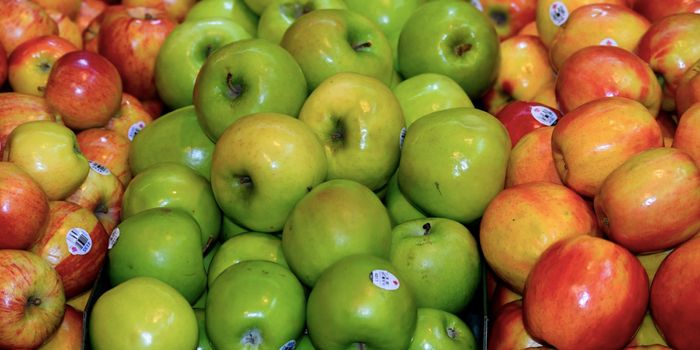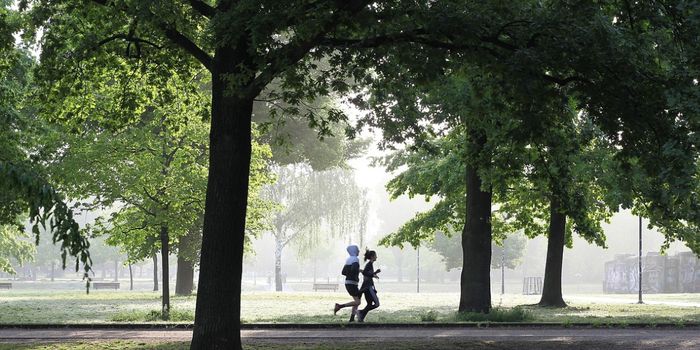The Sound of Silent Genetic Mutations
DNA has to be interpreted by cells. The letters or bases that make up genetic sequences are read in sets of three, and those three-base sequences are known as codons. Every codon encodes for one amino acid, and amino acids are strung together and then folded into three-dimensional shapes to create proteins, which carry out many of the essential functions and make up the structures of cells. While each codon is read as an amino acid, there is also redundancy in the genetic code. So the cell can tolerate some changes in the sequence of DNA, without altering the amino acid sequence that creates a protein.
Changes in the genetic sequence have long been thought to be relatively benign when they are synonymous, or silent; this means that there are changes in the normal genetic sequence, but the same amino acid is brought into the resulting protein. The function of that protein and the cell is thought to be relatively normal. This contrasts sharply with changes in the genetic sequence, or mutations, that alter the resulting amino acid, and affect the protein that is produced. These changes can cause the protein to be partially to fully dysfunctional. There are very serious diseases that can result from single-case bair mutations in DNA.
Now, research has also shown that silent mutations can also have an impact on physiology, in an unexpected way. This research, which was reported in the Proceedings of the National Academy of Sciences (PNAS), showed that a synonymous, or silent mutation in a gene can abnormally and significantly increase the activity of a neighboring gene.
"The dogma in the field right now is that within the protein coding part of the genome, the only mutations that matter are the ones that change the DNA to code from one amino acid to another. That's a very oversimplified view, to the point of being detrimental, of what matters," said senior study author Patricia L. Clark, a Professor at the University of Notre Dame, among other appointments.
In this study, the researchers used a common model organism: a non-pathogenic, non-infectious form of the microbe E. coli, which has a well-characterized genome. The investigators engineered nine synonymous mutations, individually, in a gene called Chloramphenicol acetyltransferase (CAT), then monitored the expression of the cell's genes. Four of the synonymous mutations were found to affect the production of a protein that is upstream of CAT, called tetR.
"Think about synonymous mutations like a huge quilt of possible DNA sequences that are all going to give you the same protein," Clark said. "You can pick any part of the quilt and get the same protein, but will you get the same amount of protein? Will the protein fold be the same? Is the cell going to be healthy? This is what we were looking at."
The researchers found that some synonymous mutations in CAT were generating cryptic transcription sites in DNA, leading the enzyme that transcribes DNA into RNA, to bind in places where it normally would not.
That abnormal binding led to the production of RNA that began well inside of the CAT gene coding sequence, and extended beyond the end of the gene to upstream sequences. That upstream sequence encodes a regulatory sequence known as a repressor, which would normally turn down the expression of tetR. But as more of this abnormal RNA transcript is made, the repressor effect is lost and TetR protein expression increases.
"There has been an increasing number of landmark studies that show how incomplete our understanding is on the impact of synonymous mutations. We should be considering how these mutations impact all diseases and genetic disorders," Clark said. "I hope that our study will help accelerate the building of a comprehensive understanding."
Sources: University of Notre Dame, Proceedings of the National Academy of Sciences (PNAS)









